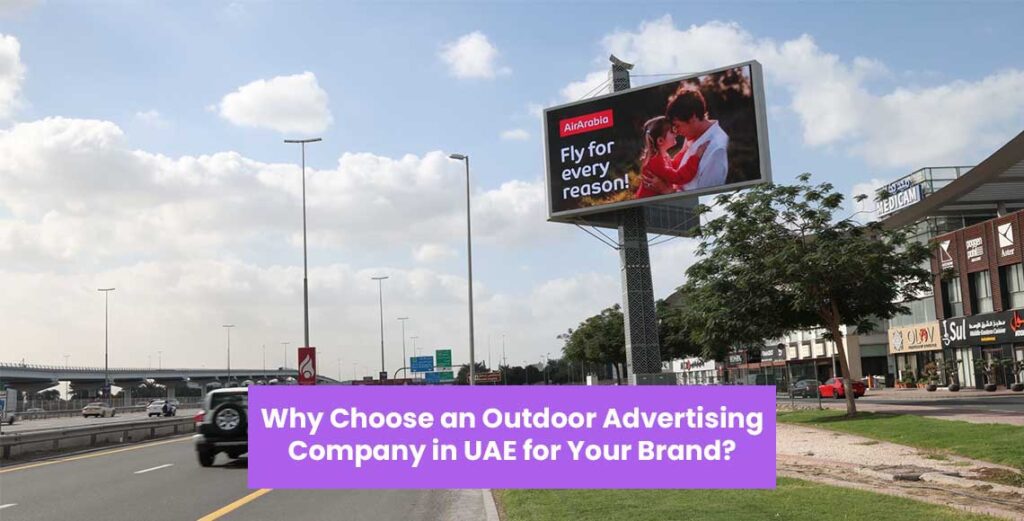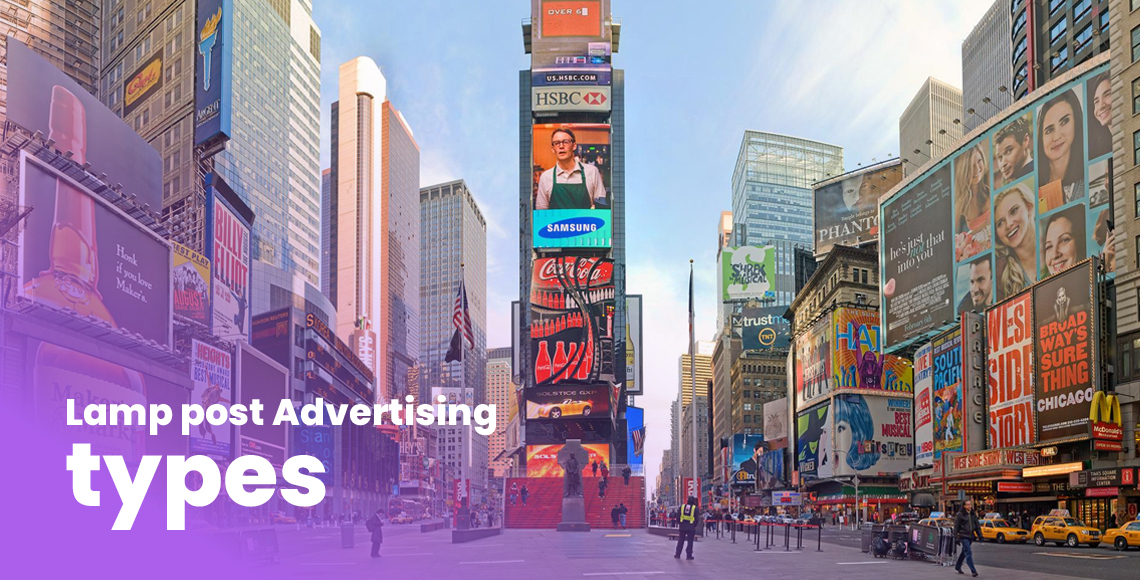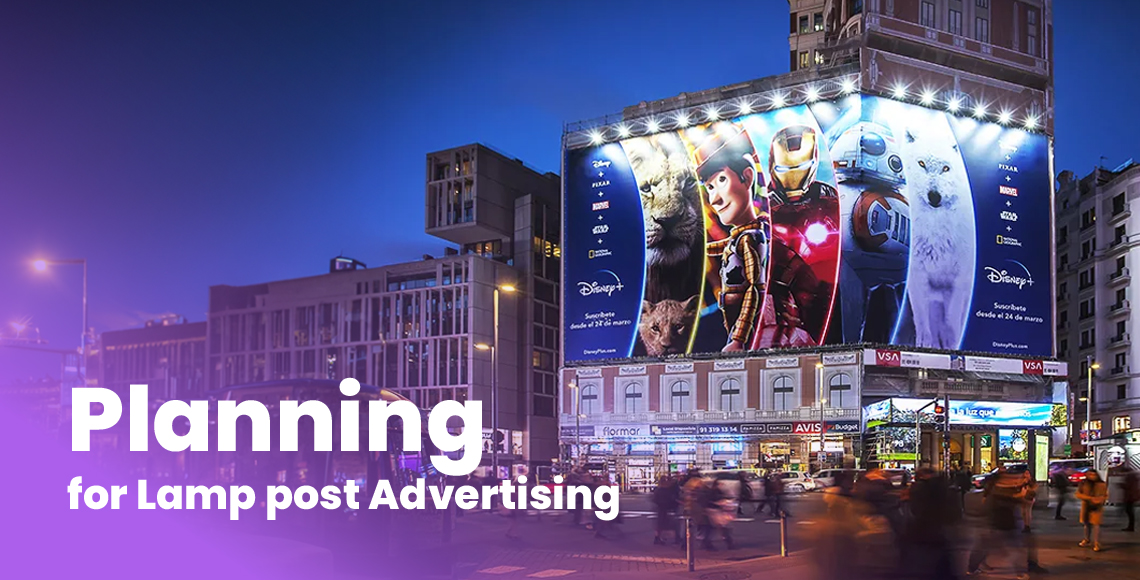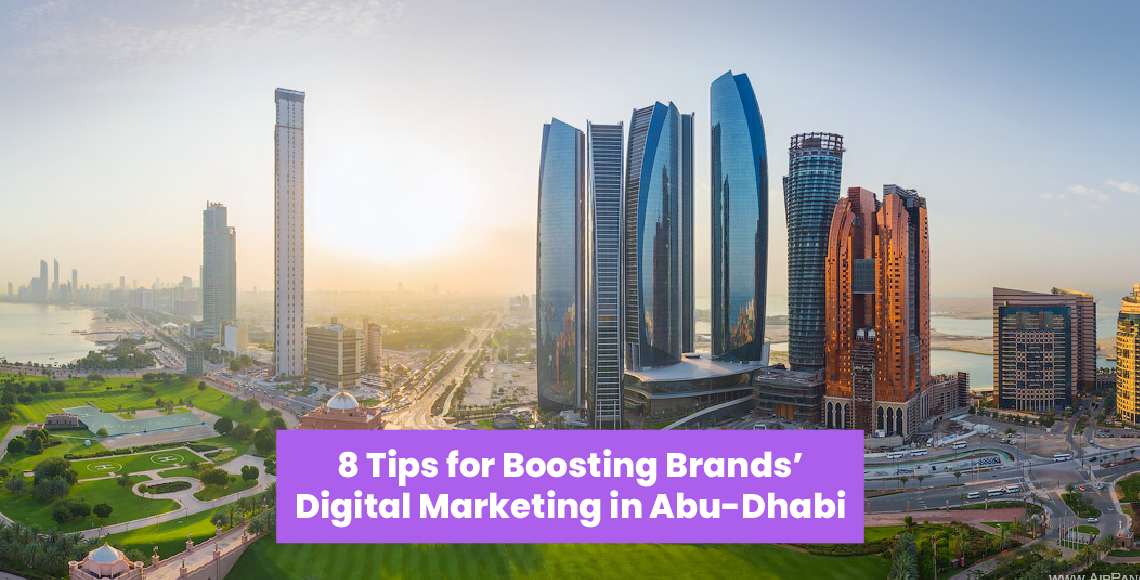Lamp post Advertising is among traditional advertising methods in the digital age, where online marketing tactics dominate the landscape. However, lamppost advertising continues to be a powerful and effective tool, especially for local businesses.
This article explores the benefits of Lamp Post advertising boards for local marketing and highlights why it should still be a part of your marketing strategy.
Lamppost Advertising Benefits for Local Marketing
Lamp post ads, also known as street pole advertising or street banner advertising, refers to the practice of placing advertisements on lampposts or street poles in urban or high-traffic areas. It involves using banners, posters, or signs that are affixed to or suspended from the lampposts to promote a business, event, product, or service.
Lamppost advertising typically involves strategically selecting lampposts in busy locations such as city centers, commercial districts, or near popular attractions. The advertisements are designed to catch the attention of pedestrians, motorists, and public transportation users who pass by these areas. Lamppost advertisements are often large, colorful, and eye-catching to maximize their impact and visibility.
These advertisements can feature various elements, including the business’s name, logo, contact information, promotional messages, and visuals that represent the brand or product being advertised. Lamppost advertising is commonly used by local businesses, community organizations, event organizers, and government agencies to reach a specific local audience.
Lamppost advertising offers several advantages, such as increased local visibility, enhanced brand awareness, targeted marketing, cost-effectiveness, community engagement, and the ability to complement digital marketing efforts. It is an effective way to capture the attention of potential customers within a specific geographic area and create a lasting impression.
1. Increased Local Visibility
Lamppost advertising allows businesses to gain high visibility within their local community. By strategically placing advertisements on lampposts in busy areas, you can effectively reach your target audience and potential customers who live or work nearby. This form of advertising ensures that your message is seen by people who are more likely to engage with your business.
2. Enhanced Brand Awareness
Consistent exposure is key to building brand awareness, and lamppost advertising provide just that. By displaying your company’s name, logo, and message on lamppost banners, you create a visual reminder for residents and passersby. Over time, this repeated exposure helps establish your brand in their minds, making them more likely to remember and choose your business when they need your products or services.
3. Targeted Marketing
Lamppost advertising offers the unique advantage of targeting specific locations. As a local business, you want to focus your marketing efforts on the areas where your target audience resides. By strategically selecting lampposts in key locations such as shopping districts, busy intersections, or near public transportation, you can effectively reach your desired audience and increase the likelihood of attracting local customers.
4. Cost-Effective Advertising
Compared to other forms of advertising, lamppost advertising is relatively cost-effective. It allows businesses with limited marketing budgets to gain significant exposure in their local community without breaking the bank. Lamppost banners are durable and can withstand various weather conditions, ensuring a longer lifespan for your advertisement. This longevity contributes to the cost-effectiveness of this marketing method, as your message remains visible to potential customers for an extended period.
5. Local Community Engagement
Lamppost advertising has a unique ability to foster a sense of community engagement. By featuring local events, and initiatives, or partnering with local organizations, you can create a connection with the community. This community-centric approach not only generates goodwill but also positions your business as an active participant in local affairs, earning the trust and loyalty of potential customers.
6. Complementing Digital Marketing Efforts
While digital marketing channels are crucial for any business, integrating lamppost advertising with your online efforts can amplify your marketing impact. Incorporating your website, social media handles, or QR codes on lamppost banners allows potential customers to access more information about your business digitally. This seamless integration between offline and online marketing channels ensures a cohesive and consistent brand presence across different platforms.
Read also: The Power of Location in Lamppost Advertising
Lamppost Advertising types
Lamppost advertising encompasses various types and formats. And each type of Lamppost Advertising offers unique advantages and can be chosen based on factors such as location, budget, target audience, and campaign objectives.
Selecting the most suitable type of lamppost advertising can help businesses and organizations effectively promote their offerings and capture the attention of the local community.
Here are some common types of lamppost advertising:
1. Lamppost Banners
This is the most prevalent form of lamppost advertising, where banners or posters are affixed to lampposts or street poles. These banners typically feature large visuals, brand logos, promotional messages, and contact information.
Lamppost banners are highly visible and can be seen from a distance, attracting the attention of pedestrians and motorists.
2. Lightbox Displays
Some lampposts are equipped with lightbox displays that illuminate the advertisement, making it more visible during nighttime or low-light conditions.
These displays use backlit graphics, ensuring that the advertisement stands out even in the dark. Lightbox displays add an extra visual appeal to the lamppost advertising.
3. Hanging Signs
In certain areas, lampposts may have hooks or brackets that allow for the hanging of signs or promotional materials. These hanging signs can be in the form of rigid boards, vinyl banners, or even three-dimensional objects.
They create a unique visual impact and can be particularly effective for capturing attention in busy pedestrian areas.
4. Flag Banners
Flag banners are vertical banners that are attached to lampposts using brackets or pole systems. They are typically made of fabric and feature a vertical design, with the advertisement displayed in a flag-like shape.
Flag banners sway with the wind, making them eye-catching and dynamic. They are often used for promoting events, festivals, or special offers.
5. Digital Lamppost Displays
With the advent of digital signage technology, some lampposts now feature digital screens or LED displays. These digital displays can showcase dynamic and interactive advertisements, displaying video content, animations, or rotating messages.
Digital lamppost displays offer greater flexibility in terms of content updates and can attract more attention due to their dynamic nature.
6. Wrapped Lampposts
In certain cases, entire lampposts may be covered with a branded wrap or vinyl graphic. This form of lamppost advertising provides a larger canvas for displaying the advertisement and can create a strong visual impact.
Wrapped lampposts are particularly effective for event promotion or citywide campaigns.
Read also: The Future of Lamppost Advertising
Planning for Lamp post Advertising
Lamppost advertising can be a powerful marketing tool to boost brand visibility and attract local customers.
To ensure a successful campaign, careful planning is essential. Follow this step-by-step guide to effectively plan for lamppost advertising and maximize its impact.
By following this comprehensive guide to planning for lamppost advertising, you can create a well-executed campaign that effectively reaches your target audience, increases brand visibility, and drives local customer engagement.
1. Define Your Objectives
Start by clearly defining your advertising objectives. Determine what you aim to achieve with your lamppost advertising campaign.
Whether it’s increasing brand awareness, promoting a new product or service, or driving foot traffic to your store, establishing clear objectives will guide your planning process.
2. Identify Your Target Audience
Understand your target audience and their demographics. Identify the specific locations where your target audience resides or frequents.
Consider factors such as age, gender, interests, and buying behavior. This knowledge will help you select the most appropriate lamppost locations to maximize reach and engagement with the right audience.
3. Research Lamppost Locations
Conduct thorough research to identify potential lamppost locations in your target areas. Look for busy streets, intersections, shopping districts, or areas with high pedestrian or vehicle traffic.
Evaluate the visibility, accessibility, and relevance of each location to your target audience. Additionally, check if any local regulations or permits are required for placing advertisements on lampposts.
4. Design Compelling Advertisements
Create visually appealing and impactful advertisements for your lamppost campaign. Ensure that your ads are eye-catching, easy to read, and effectively convey your message.
Include your brand logo, key message, contact information, and a clear call to action. Utilize high-quality images or graphics that resonate with your target audience.
5. Determine the Ad Placement Strategy
Develop a strategic plan for placing your advertisements on lampposts. Consider factors such as the number of lampposts, their spacing, and proximity to your target audience. Decide whether to focus on a specific area or spread your advertisements across multiple locations. Create a placement schedule and allocate resources accordingly.
6. Budget Allocation
Allocate a budget for your lamppost advertising campaign. Consider costs related to designing the advertisements, printing or production, obtaining permits (if necessary), and rental fees for the lamppost spaces. Ensure that your budget aligns with your objectives and expected returns.
7. Monitor and Measure Results
Implement a system to monitor the effectiveness of your lamppost advertising campaign. Track key performance indicators (KPIs) such as foot traffic, website visits, leads generated, or sales attributed to the campaign. Utilize unique tracking codes or dedicated landing pages to accurately measure the campaign’s impact.
8. Optimize and refine
Continuously evaluate the performance of your lamppost advertising and make necessary adjustments. Analyze the collected data and identify areas for improvement. Optimize your message, design, or targeting strategy based on the insights gained to maximize return on investment.
Read also: Lamppost Advertising Shining a Light on Your Business
Conclusion
Lamppost advertising may be considered a traditional marketing method, but its benefits for local businesses cannot be ignored. It provides increased local visibility, enhances brand awareness, allows targeted marketing, is cost-effective, fosters community engagement, and complements digital marketing efforts.
Incorporating lamppost advertising into your local marketing strategy can effectively enable you to reach your target audience and drive growth for your business in the local community. So, don’t overlook the power of lamppost advertising, embrace this tried and true marketing tool and reap its benefits for your local business.
Want to start your business’ success today? Contact us today at Royal Vision Media Advertising Agency and let your business be known locally and globally. Start your success in the market today!














